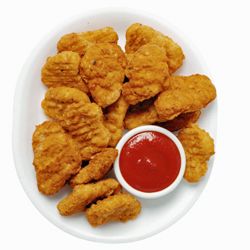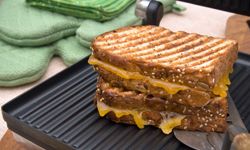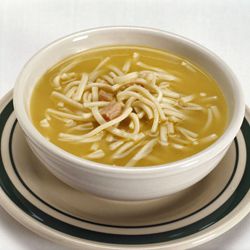Some kids prefer sandwiches without crusts, while others only like plain hamburgers. Kids can be picky eaters, but there are several meals that always seem to be winners.
Yet, these meals are not always filled with the nutrition that kids need. The United States Department of Agriculture's dietary guidelines for Americans lays out specific calorie counts and food group amounts for kids based on age, gender and exercise levels. For example, an 8-year-old female with less than 30 minutes of exercise should have about 1,400 calories per day made up of 5 ounces of grains, 1.5 cups of vegetables, 1.5 cups of fruit, 2 cups of milk and 4 ounces of protein [source: U.S. Department of Agriculture].
Advertisement
In this article, we will explore the top 10 kids' meals along with tips for making them a bit healthier.
Did You Know? In 2007, husband-wife families with before-tax income of between $45,800-$77,100 spent an estimated $1,880 per year on food for a child between the ages of 6 and 8 years old, while that amount grew to $2,210 for a child between the ages of 9 and 11 years old [source: United States Department of Agriculture, Center for Nutrition Policy and Promotion].





